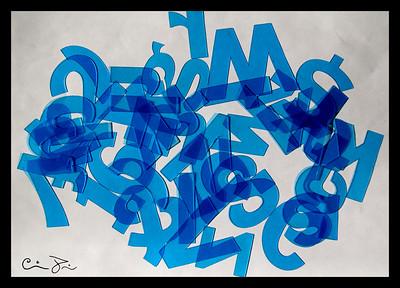It's time to celebrate World Evidence-Based Healthcare (EBHC) Day. In a world dominated by COVID-19 and the associated infodemic, this day arguably has more resonance. Closer to home, EBHC Day also coincides with our Insight 2020 festival and the launch of the Midlands Decision Support network. What better opportunity to ask, 'what does evidence-informed decision making actually mean'?
The health and care environment is complex. Uncertainty is inherent – meaning there will always be gaps in our knowledge and we can’t predict for sure how decisions will pan out. Any decisions we make inevitably involve tensions and trade-offs. Whilst we might like to imagine a neat and linear process leading to a silver bullet solution, in reality it’s iterative and messy. Evidence must be balanced alongside needs, preferences and values (of patients, communities and the workforce) – against a backdrop of broader social, economic and political considerations.
So how can evidence* be used to inform decisions? Whilst there may not be mythical silver bullets, exploring evidence from analysis, research and practice can helps us to:
- frame problems;
- generate and assess options;
- challenge assumptions;
- learn from innovations; and
- identify possible unanticipated consequences.
Research on knowledge mobilisation shows there is considerable room for improvement! From research to practice, there are many examples where insights are poorly communicated, evidence is misinterpreted and opportunities to capture valuable experiential learning are lost. These gaps incrase the risk of missed opportunities, unnecessary waste and potential harm (e.g. widening inequalities). The Scared Straight programme in the US is a great example of this. This programme aimed to discourage crime by demonstrating the consequences of prison life to young people and yet it actually increased the chances of offending. And even with this evidence, the idea keeps recurring and was even the basis of a TV programme.
"Without knowledge, action is useless and knowledge without action is futile" Abu Bakr
So, it’s worth the investment of time and energy to systematically explore the evidence to:
- Better understand what is likely to work, in what contexts, how and why.
- Consider potential impacts as well as specific local implications.
- Minimise the risk of investments which offer only marginal benefits or could potentially cause harm.
- Inform robust implementation, system learning and continuous improvement by identifying enablers, mechanisms for change and lessons learned.
- Recognise gaps and uncertainties to explore through experimentation and evaluation.
However, the reality of investing this time and energy is not always as straightforward as we might hope. Firstly, we’re swamped with information. One study estimated that scientific literature grows by 8-9% every year, effectively doubling roughly every 9 years. At the opposite extreme, there can be limited or no good quality evidence. With these barriers ever present, it takes precious time to identify evidence. Even then, it's not always accessible, findings may be equivocal and quality is variable. While it may be tempting to take shortcuts, this exposes decision making to avoidable bias.
This is where we can help. As knowledge brokers, we help to make sense of the evidence from research, analysis and practice. Searching databases, websites, policy papers and many other sources, we filter and sort through the knowledge base. We extract key messages to cultivate a coherent overview of what has been learned and what we still don’t know. We're committed to using evidence-based methods to mobilise this knowledge throughout the DSU network.
Find out more about our approach to evidence analysis and knowledge mobilisation in the Decision Support Unit network by catching up on our Insight 2020 session. You may also be interested in our panel discussion on COVID-19 evidence coming up on 5th November.
* we're using the term "evidence" broadly here to reference knowledge gleaned from research, analysis and practice credit: Paxson Woelber CC BY 2.0

